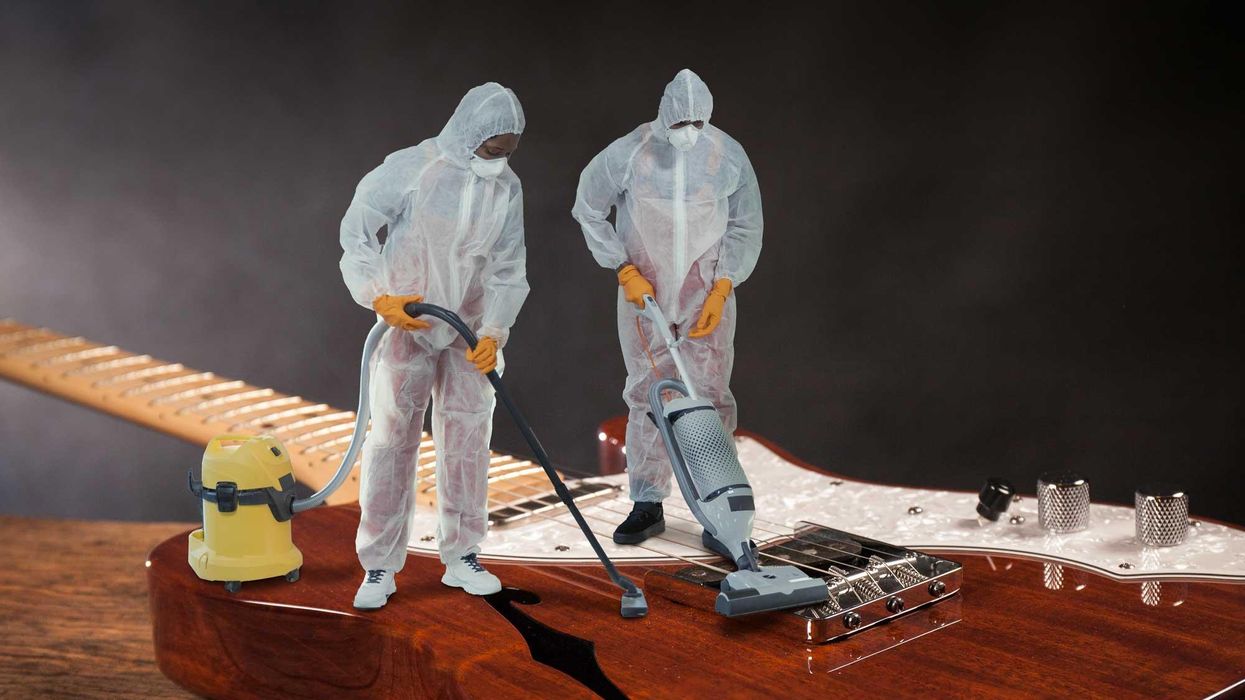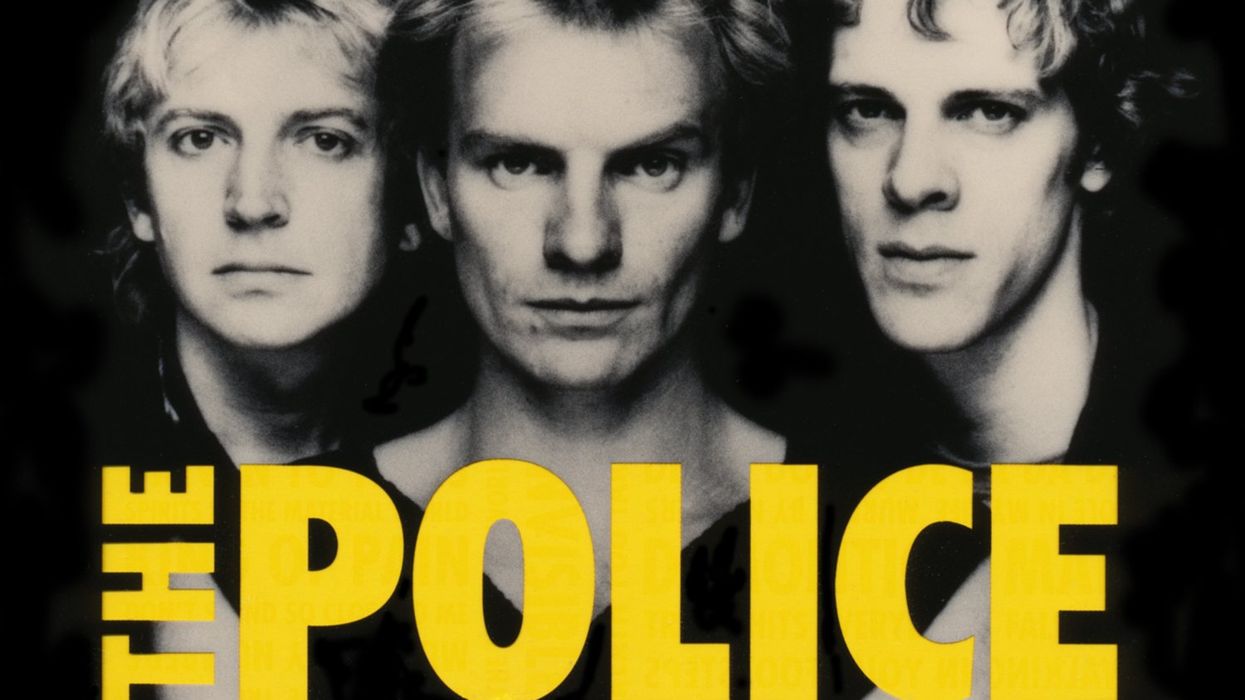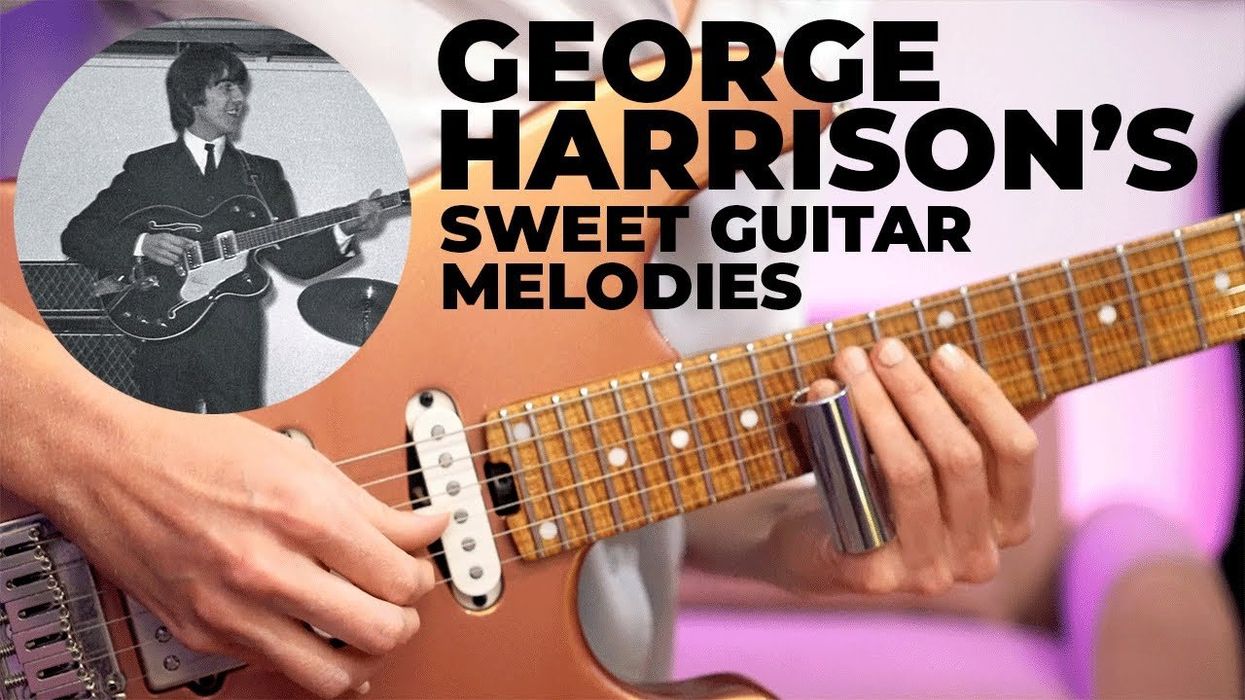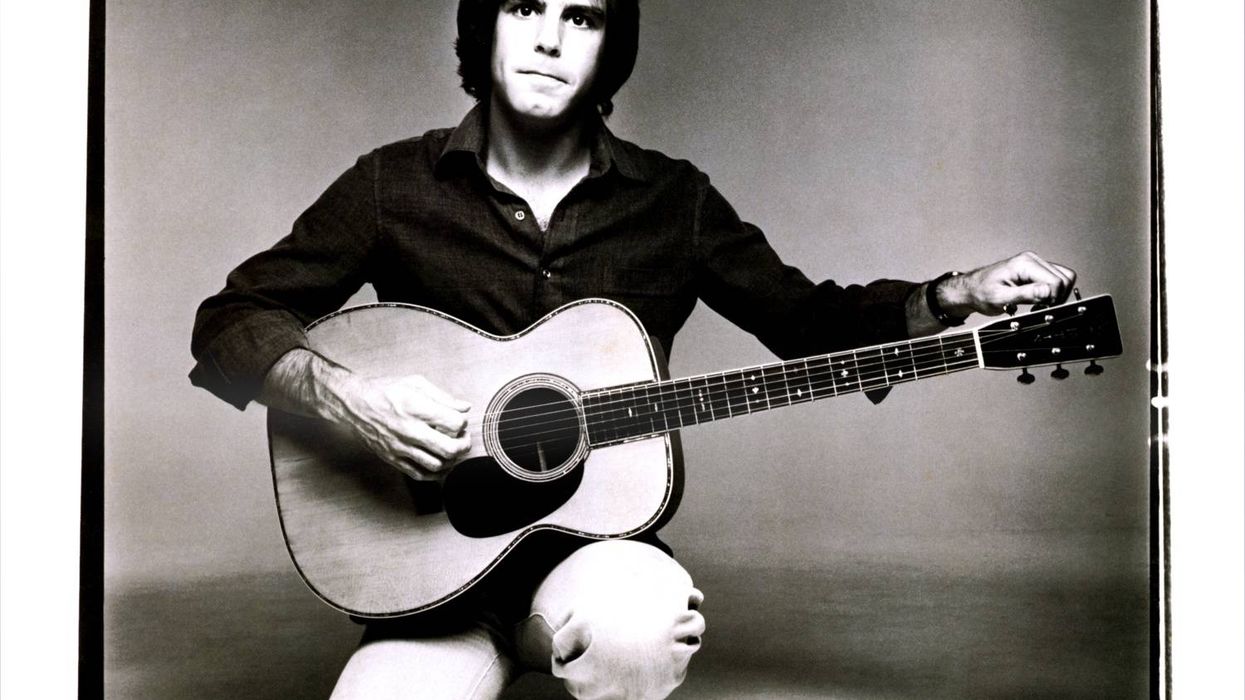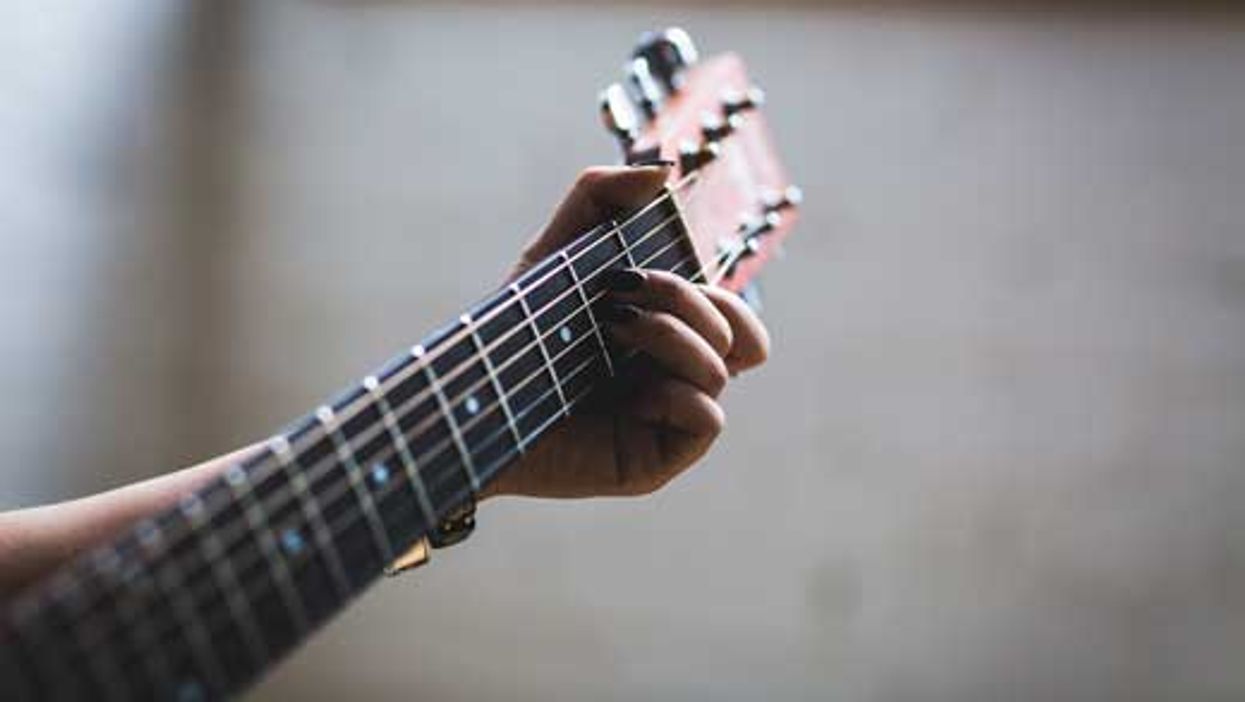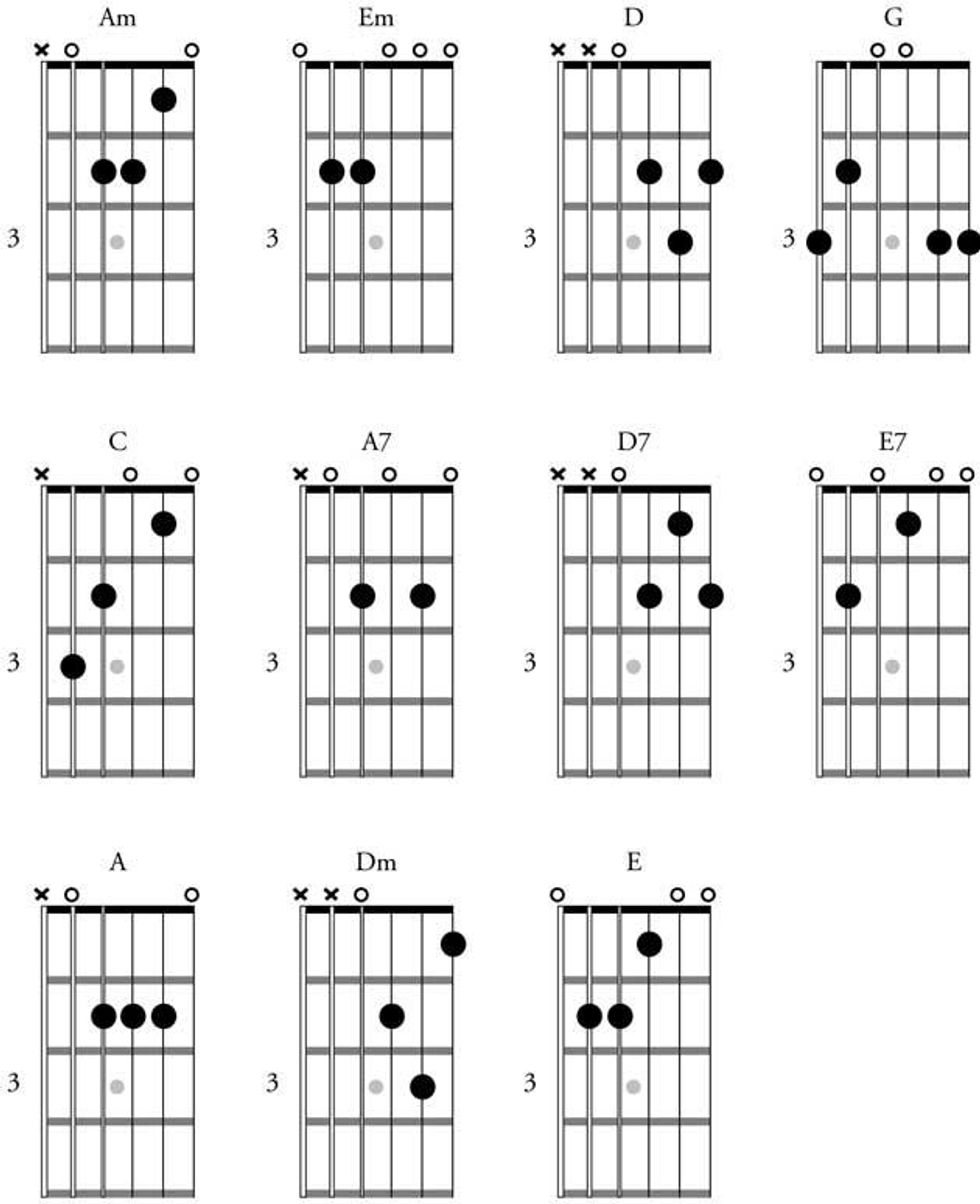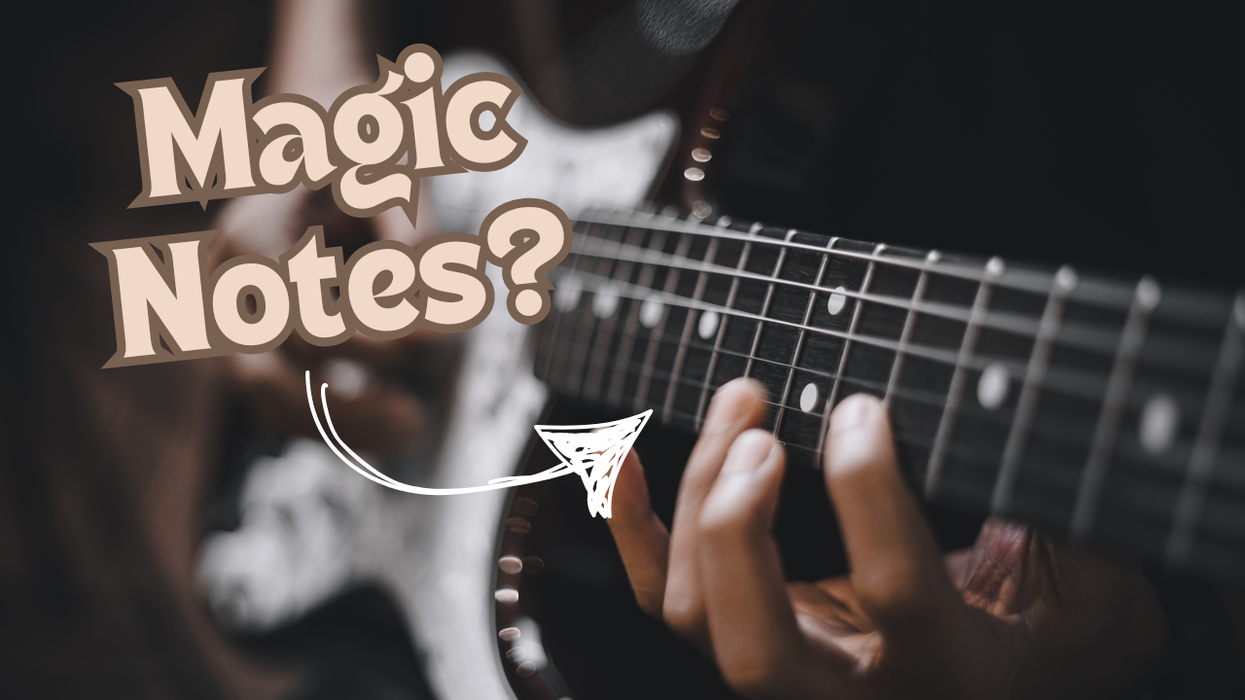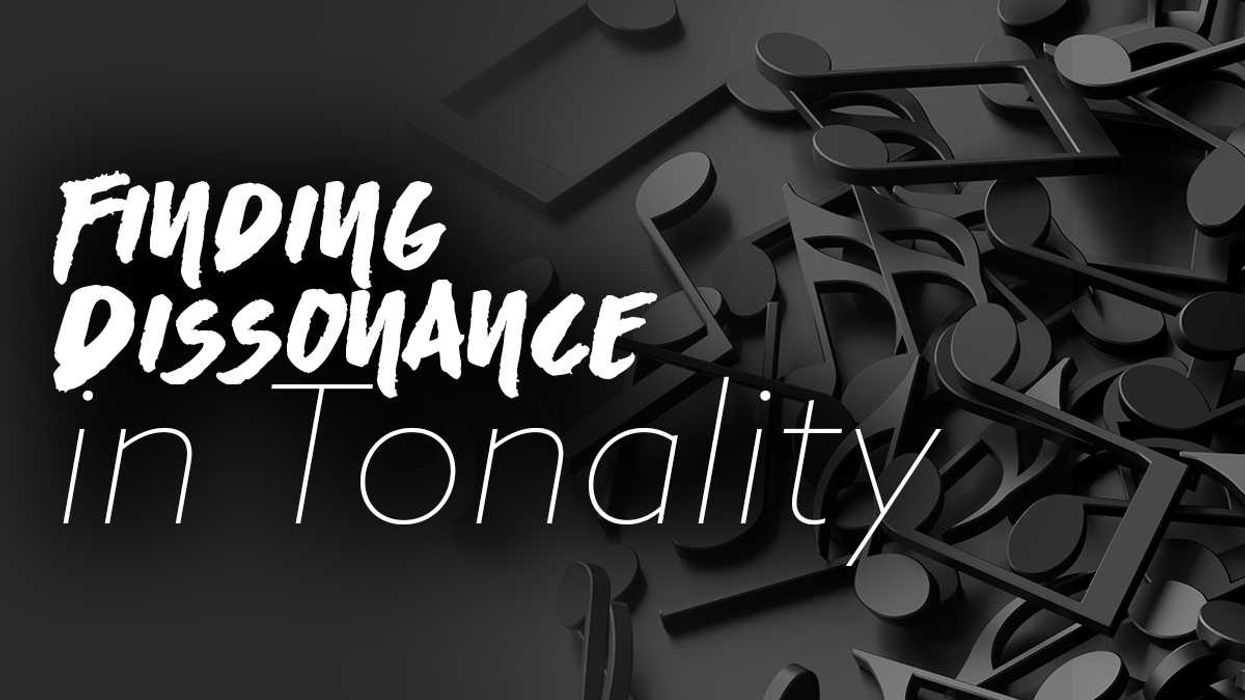Chops: Intermediate
Theory: Intermediate
Lesson Overview:
• Understand where in the blues
form to use the half-whole
diminished scale.
• Create tension-filled altered
lines using diminished
arpeggios.
• Impress your friends with
your mastery of secondary
dominants.
Click here to download sound clips from this lesson's notation.
I’ve always been a fan of Robben Ford, Larry Carlton, and more recently, Matt Schofield. Influenced by the jazz language, they will use more complex ideas but don’t sound brainy doing it. Also, what they’re playing is just as important as where they’re playing it. More commonly used by jazz players, the half-whole diminished scale and diminished 7th arpeggio are right at home in a blues setting, and we’ll be discussing ways to use them over a 12-bar blues.
In Fig. 1, the first measure is the A Mixolydian mode (1–2–3–4–5–6–b7), the scale typically used over dominant 7th chords. In the second measure, our diminished scale starts on A and is built with alternating half-step and whole-step intervals, creating scale tones 1–b9–#9–3–#11–5–13–b7. When using this scale over an A7 chord, you not only get the basic chord tones (1–3–5–b7) and the 13th, you also have a few chord alterations (b9, #9, and #11) that will create some musical tension. The rule of thumb is to play a half-whole diminished scale from the root of your dominant 7th chord. I’ve included both scales so you can hear the difference between the insideness of the Mixolydian mode and the altered sound of the diminished scale. The fingering I’m using for the diminished scale is not as common as some, but it’s eerily similar to the A Mixolydian mode. Practicing both scales back to back will help you to see where the altered tones lie on the fretboard.

In addition to scale-based lines, diminished arpeggios will also create some tension and inject a little angularity to your solo. There are two diminished 7th arpeggios that you can get from the A half-whole diminished scale: Adim7 (A–C–D#–F# or 1–#9–#11–13) and Bbdim7 (Bb–C#–E–G or b9–3–5–b7). The Bb arpeggio fits the A7 chord better because it contains more chord tones than the first.
The first half of Fig. 2 is the A7 arpeggio followed by the Bb diminished 7th arpeggio. The rule of thumb here is to start the diminished arpeggio a half-step above the root of your dominant 7th. Again, both arpeggios are included so you can hear the difference in their sound.

Musical Disclaimer: It’s not that you couldn’t use the Adim7 arpeggio, just be aware that it will sound more “outside” than the Bbdim7. Altered scales and arpeggios are important for creating the musical tension you so desire. But remember, musically resolving your temporary tonal excursion is just as important, if not more. Plan it out! Aim for chord tones in the following measure or jump back into the tried-and-true minor pentatonic scale. Otherwise, prepare yourself for the “don’t taze me bro” type of reaction you’ll get from your bandmates.
We’re going to apply the half-whole diminished scale to a standard 12-bar blues in the key of A, as shown in Fig. 3. Harmonically, it’s pretty straightforward using only A7 (I), D7 (IV), and E7 (V). Because each chord is a dominant 7th, you could use a half-whole diminished scale in every measure if you wanted, but that would be all tension and no release. So, where are you going to use the diminished scale? You want to use it at places where there is a V–I chord progression (measures four and five, measures 12 and one), or any time you go back to the I chord (measures six and seven, measures 10 and 11).
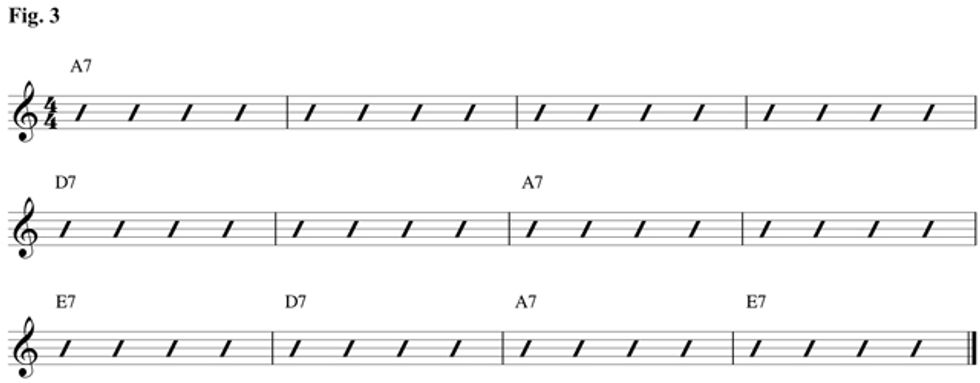
We tackle the first place in the form where the diminished scale can be used (measures three through five) in Fig. 4. You might be thinking “A7 to D7 isn’t a V–I chord progression,” and it isn’t. In the key of A, that is. Pretend for a minute that you are in the key of D where V–I is now A7 to D. This theoretical slight of hand is referred to as a secondary dominant and temporarily makes A7 the “new” V chord. Your solo will have some forward motion by adding tension to the end of the first phrase. It will sound like you’re modulating to a new key, but you’re actually setting up the release of tension when you get to D7. This lick starts with the A minor pentatonic in measure three, uses a Pat Martino-style phrase from the A half-whole diminished scale in measure four, and resolves to F#, the third of D7 on the downbeat of measure five.

We capitalize on the move back to the I chord in Fig. 5. With a nod to Wes Montgomery, this D half-whole (D–Eb–F–F#–G#–A–B–C) diminished run in measure six is actually one measure long, but is displaced by one count. By starting this lick on beat 2, you delay the resolution and create a little more tension—subtle, but noticeable. The actual resolution happens with the half-step bend to C# on beat 2 of measure seven. The A minor blues scale is used to begin and end the entire line, flanking your diminished sensibilities with some meat-and-potatoes guitar playing.

The last phrase of a blues is where all the action is. From bluesy pentatonic licks to fusion-infused diminished lines, there are many tools at your disposal. Fig. 6 starts with an A Dorian (A–B–C–D–E–F#–G) flavor by using a half-step bend to C natural and an F# in measure nine. You could use the E half-whole diminished scale (E–F–G–Ab–Bb–B–C#–D) in this measure if you’re looking to ratchet up the tension from the beginning! Measures 10 and 11 is another “return to the I chord” situation, using an Eb diminished 7th arpeggio pattern over D7 that resolves to A minor pentatonic material, reminiscent of Robben Ford or Matt Schofield. The end of this phrase uses the E half-whole diminished scale, leaving out the 13 and #11, but emphasizing the b9 and #9, as well as chord tones of E7. Also, the line starts at the very end of measure 11—half a beat early—and resolves on beat 4 of measure 12. Things don’t always have to line up with the bar lines. Starting and ending your phrases before (or after) they’re supposed to is a very hip and effective way to create tension.
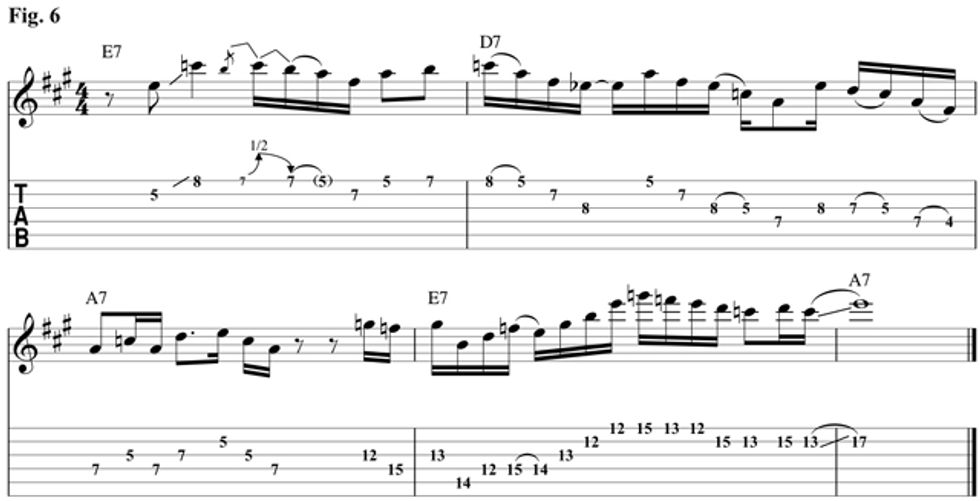
These are just a few ways to use the half-whole diminished scale and diminished arpeggios over a blues. Drag out your looper, try them at different spots, and let your ear decide. Incorporate other fingerings, experiment with scale and arpeggio combinations, and remember to work out resolutions to your lines. You’re probably only a half-step away from resolution.
 Pete Weise has a B.M. and M.M. in Jazz Studies from the University of North Texas, is an Associate Professor of Jazz Guitar at Collin College, faculty of the National Guitar Workshop, and teaches privately at the Guitar Sanctuary and the Fine Arts Academy at FBC Keller. He leads his own jazz fusion quartet and is a freelance guitarist in Denton/Dallas, Texas. Visit peteweise.com for more information.
Pete Weise has a B.M. and M.M. in Jazz Studies from the University of North Texas, is an Associate Professor of Jazz Guitar at Collin College, faculty of the National Guitar Workshop, and teaches privately at the Guitar Sanctuary and the Fine Arts Academy at FBC Keller. He leads his own jazz fusion quartet and is a freelance guitarist in Denton/Dallas, Texas. Visit peteweise.com for more information.


